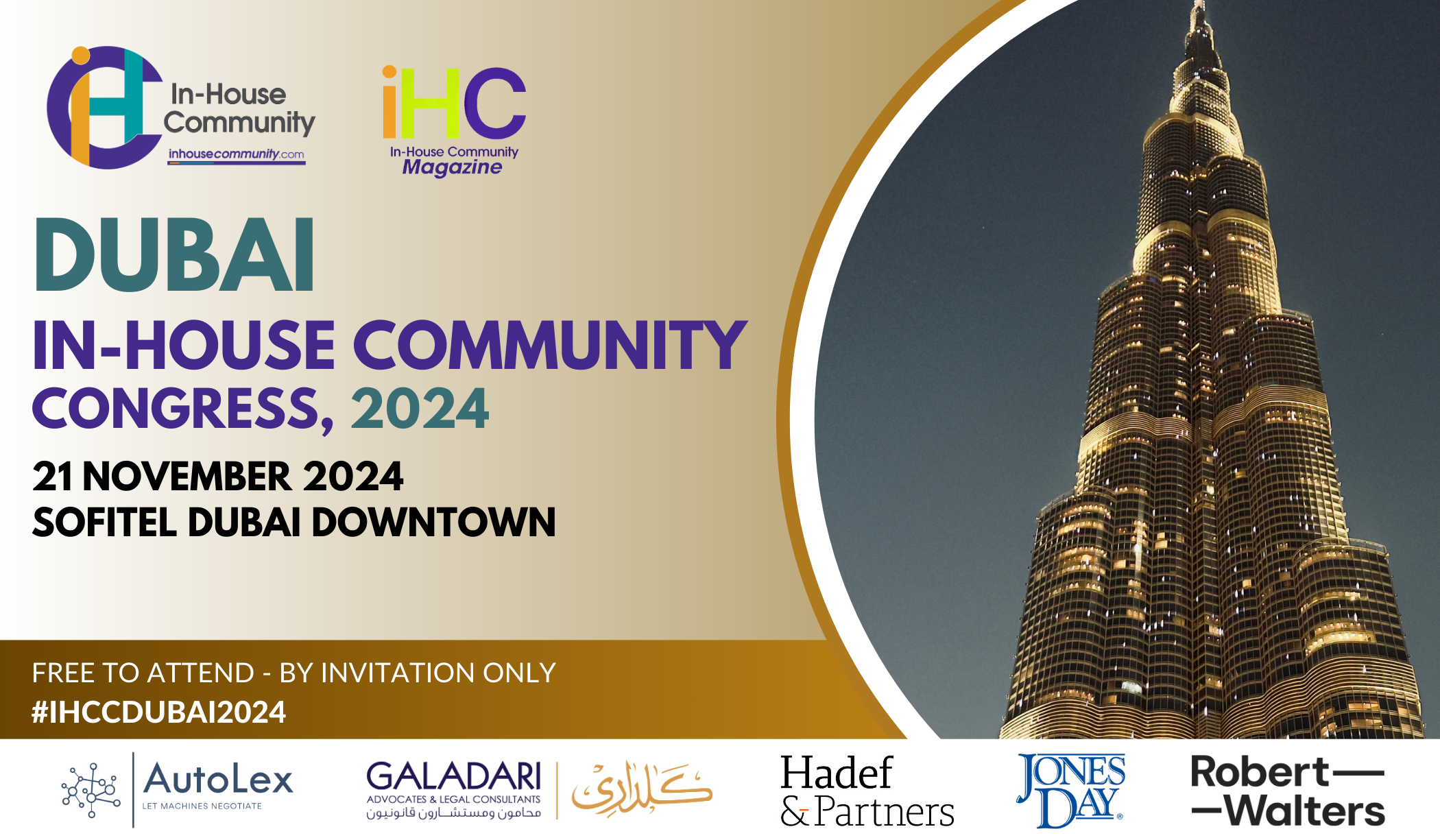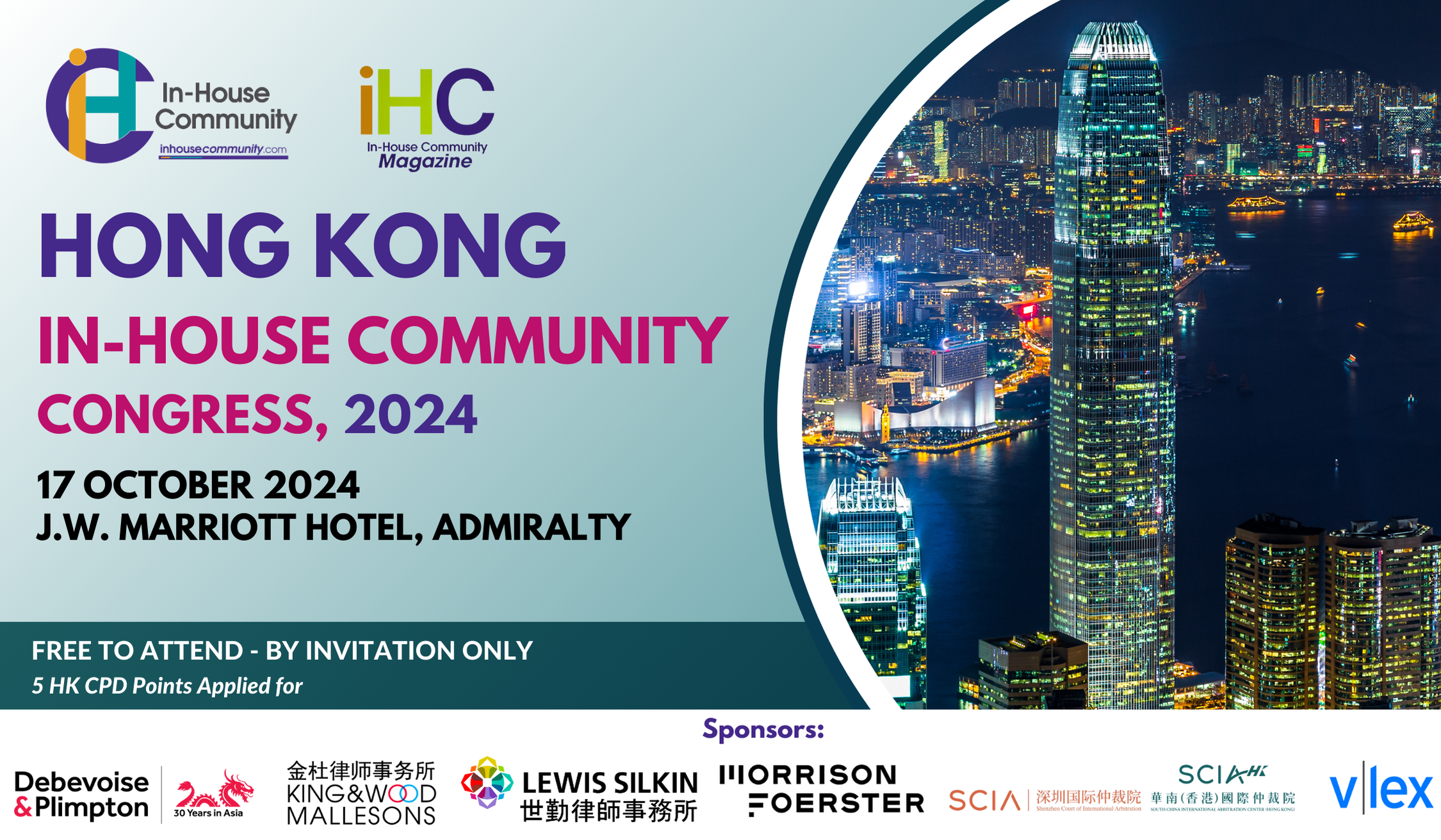 What does this all mean for individual sectors? Asked to discuss the specific sectors, Macasaet-Acaban listed IT, business process outsorcing, manufacturing, infrastructure and tourism as those she feels will benefit the most. “On the other hand, there will continue to be limitations for those businesses and activities that continue to be subject to foreign equity restrictions under the Philippine Constitution and other laws, such as mass media, advertising, public utilities and land ownership, among others.” On the healthcare sector, Macasaet-Acaban said “The healthcare sector, including pharmaceuticals, is among the priority sectors in the ASEAN integration, and the goal is to harmonise regulations among the ASEAN member states in order to eliminate technical barriers to trade posed by different regulations”. Vecchi, too, mentioned technology as an area bound to see change in Vietnam, though from a different angle, as he stated “Rules exist to restrict the use of websites and to control content. However, technology and usage is racing ahead of the rules. In a short period of time, the rules will be impractical to apply. I am hopeful that this reality will accelerate the modernisation of rule making.” Therefore, he sees law’s struggle to keep up with advancements as a drawback – a sentiment echoed by Price, who, on how long she felt it would take Myanmar to come to terms with changes, noted that “It took Vietnam 20 years to open up, and the process is still ongoing”. Price was discussing the change from Myanmar’s current trust-based economy to the rules-based one it plans to implement, rather than referencing a specific sector’s impact. On this change, Price does expect to see a more efficient switch, “because [unlike Vietnam,] the country doesn’t have to deal with the legacy of communist economic ideas”. Price further remarked that “Sectors that have not developed competitive strategies will find it hard. There are operators who have benefitted from years of domination in a closed economy. As in many economies in transition, it can be hard to adjust from making money from ‘who you know’ to ‘what you do’” – that the more experienced workers and businesses the integration may bring may tempt away those who are currently loyal to local entrepreneurs they know. Peters expects Malaysia’s tourism and education sectors to flourish, but stated that for the sake of the firm, she hopes to see the legal services industry and Islamic finance gain traction too. To justify this belief, Peters noted that Malaysia’s Islamic finance industry has been in existence for over 30 years, and that it was further strengthened by the Islamic Financial Services Act in 2013. She believes “The integration may see Malaysia continue to grow rapidly with the diversity of financial institutions from ASEAN and its broad range of innovative investment instruments, comprehensive financial infrastructure and global regulatory and legal best practices which is ever growing” will aid this. As for the legal services industry as a whole, she cited the free flow of services under the AEC, namely the single market and production base, and the ASEAN Framework Agreement on Services as evidence of potential future growth. Market entry into Singapore will, according to Lim, be quite low, as “Singapore has a relatively open market and hence is unlikely to see a new wave of market entrants to compete with local enterprises as a result of the AEC”. Lim went on to say that he “expect[s] industries in Singapore such as finance, professional services, logistics, information and communication technologies, healthcare, life science and air travel to benefit significantly with the AEC” “The manufacturing sector is likely to be a big winner [in Indonesia] because foreign investors are seeing ASEAN as a regionally integrated manufacturing base offering an abundance of raw materials, low labour costs and freer movement of goods”, according to Eddymurthy. Giving statistics, she revealed that according to the Indonesian Investment Coordinating Board, in Q1 2015, investment realisation in the manufacturing sector in Indonesia grew 16.9 percent compared to Q1 2014. Citing the same source, she also said that as of 2014, at least 29 mineral smelters have been proposed, meaning that “if the government is committed to providing incentives for this industry, foreign investors will undeniably turn their gaze to Indonesia”. |
 Investment One trend that has already been observed is that Japan is once again the most active country investing into ASEAN. In fact, in Q1 of this year, it contributed US$1.8 billion (45.8 percent) of the total inbound deal value, which is the highest Q1 deal value for Japanese M&A transactions into Southeast Asia since records began. Another trend is that the value of outbound M&A deals undertaken by Southeast Asian companies has decreased by 87.2 percent from Q1 of 2014 and Q1 of 2015 to US$959 million, which can mainly be explained to to the lack of mega deals.i Dailly’s insight on risk is that “The risks of investing in ASEAN countries once the AEC is up and running are likely to decrease with time. The key risks at the moment are lack of transparency, poor regulatory environments and political instability. The development or AEC should help address all of these issues. If this is the case, then the risks of investing in any AEC country is likely to reduce; the area will become more investor friendly and the entire region should benefit.” Assessing the comparative risk with investing into Europe, Dailly noted “Investing in Europe is obviously of a significantly lower risk. If an investor finds themselves in a dispute situation in any European country, then the regulatory and legal environment will generally ensure that the foreign investor is treated fairly. In the AEC, the regulatory and legal regimes are less strong, and in some countries, more prone to corruption. An investor getting into a legal dispute in Indonesia is going to have a much harder time dealing with the issue than in Germany: but by the same token, the potential rewards of investing in Indonesia are much higher.” In summary, according to Dailly, “Better regulation, a stronger independent legal system and a real commitment to tackle corruption should be the key priorities of most ASEAN countries. With these structures enhanced, investors would glean the rewards of the developing economies, without taking on some of the risks.” Explaining how ASEAN investment could be approached, Wong stated “Non-ASEAN investors could set up operations in an ASEAN state and invest from that state into other ASEAN states to enjoy the protection and coverage of the ACIA”. Stating his optimism, Wong also said “It is also a step in the right direction for the advancement of the AEC, where continuing integration of ASEAN states is being pursued”. On anticipation of investment regarding Indonesia, Eddymurthy noted “Whether the country sees a large increase in foreign direct investment in the coming years will depend upon, among other factors, the government’s commitment to accelerate infrastructure development, provide incentives for foreign investors and continue to simplify foreign investment procedures”. “Export-oriented manufacturing activities are amongthe priority areas of investment in the Philippines and it is hoped that ASEAN economic integration will further boost the Philippines’ manufacturing sector. The ASEAN integration has also provided the push to increase competitiveness in the agribusiness sector”, according to Macasaet-Acaban. Further, “Attracting more inbound investment is among the goals of the integration for the Philippines. Even now we have received various queries regarding changes that the Philippines is implementing to liberalise various business activities in the Philippines” said Macasaet-Acaban, who went on to say that “Reservations [about inbound investment] are largely due to foreign equity and related restrictions in certain business activities under the Philippine Constitution and statutes. Amending these laws, particularly the Philippine Constitution, involves extensive processes, and while actions towards the ASEAN integration are among the general priority measures of the Philippine government, these will have to be considered along with other national concerns.” |
 Similarly, “One development that appears to have been highly motivated by the integration is the recent approval on third reading of an anti-trust bill in the two Houses of Philippine Congress”. Macasaet-Acaban noted that various anti-trust bills were pending in the Philippine Congress for over a decade, which are now “very near to being enacted into law”. Integrating into the AEC has led to “certain groups, both outside and within the government, lobbying for changes to liberalise the economic provisions of the constitution that protects Philippine ownership in certain activities and industries”, which Macasaet-Acaban says currently include land ownership, mass media and public utility operation, among others. She also mentioned to the fact that the Philippines’ national election in 2016 and a change in administration “may provide a different direction”. Cautioning investors, Peters claimed that “Since industry standards, laws and business regulations within ASEAN are yet to be harmonised, businesses may face setbacks due to the different requirements from one ASEAN country to another”.Giving an example, she noted “Muslim countries such as Indonesia and Malaysia, out of respect for their majority Muslim population, would require strict halal certification for most food labels, local and international, as compared to non-Muslim countries such as Vietnam and the Philippines. Thus, businesses must have an insight as to the local laws and requirements before investing or venturing into a business within ASEAN.” Projecting optimism, Lim said that “Economic integration is not a zero-sum game – all countries in ASEAN will benefit regardless of their relative wealth” and that the AEC will allow all of its members to “capitalise on their comparative advantages”. Asked about aspects investors should be aware of, Lim listed the fact that supply chains can be more efficiently organised, market access to goods and services will increase, ASEAN will increasingly be used as an integrated production base for regional and global supply and that access to talent will increase as a result of the MRAs, all of which support his notion that “the AEC is going to be a game changer”. Advising potential investors, Lim stated “Businesses and investors should critically examine how they can benefit from the AEC or risk being overtaken by competitors that are better able to optimise their operations to reap the advantages of the AEC”. |
 Anticipating good things for Myanmar, Price remarked “As an economy about to boom in the next few years, Myanmar needs and will continue to need everything. She went on “Agri-businesses have a terrific opportunity as the country produces a huge range of produce. To reap the full value requires moving up the value chain and to be truly competitive means upgrading product quality, marketing and understanding one’s overseas customers.” On Myanmar’s hinderances, Price stated that “Moving money, even from one account to another in the same bank, takes time. Things happen, but often quite slowly”, therefore investors should go in knowing that things are slower than in the markets they may be used to. She also said that “Many times our lawyers have advised us that there is no legal reason why we can’t do something, only that it’s never been tried nor tested in recent times”, so a venture into Myanmar, as it’s a less-developed jurisdiction, will come across hurdles it wouldn’t elsewhere. On linguistic harmonisation, Wong stated “English is an internationally accepted language of commerce. It is also becoming a language used socially as countries become more international. However, Bahasa is spoken by almost half of the population of ASEAN. It will maintain its relevance, at least in Indonesia, Malaysia and Brunei. Furthermore, “Free flow of labour across ASEAN is not a reality yet although there are moves to allow this in certain sectors. It will take some time before labour flow is liberalised further.” Also, in Wong’s opinion, “Hires from the English speaking world in ASEAN will continue to be only in the areas where highly skilled personnel is required. There will not be a mass movement of hires and one will not take place, at least within the next 10 years.” On political harmonisation, Dailly suggested that “As with the EU – there is a fundamental ideological tension between nationalists on one side an liberal internationalists on the other”. He also believes that the power of international business, as it allows populations to prosper and develop, “has the advantage [over state-held sovereign power] of technology, facilitating international money flow, which national borders struggle to control, and social media allowing populations to see first-hand that some countries are wealthier and better-managed than others, thus fuelling international migration.” The reverse side of this, as Dailly put it, is that “It is quite hard to see how the governments in Thailand or Myanmar or Brunei would have any desire to sell a fundamentally liberal manifesto to their own elites, who are probably benefitting most from the status quo”. |
 Macasaet-Acaban, much like Wong, felt it necessary to mention language, stating “English is the medium of instruction and language for business in the Philippines. This aptitude in the language provides the Philippines and its workforce with a certain advantage over some ASEAN member states as English is expected to be the language for business in an integrated ASEAN community among ASEAN member states and non-ASEAN investors.” As well as being one of the ASEAN nations in which the standard of English is high across the board, Macasaet-Acaban feels that the Philippines’ public-private-partnership programmes will be a good model for other countries, so believes that others can learn from its connectivity. Peters feels her jurisdiction Malaysia can teach others to look after their own citizens, and uses the 1Malaysia Housing Programme as an example. Other ASEAN nations have similar laws in place to deter foreign investment in housing and first and foremost provide for their own citizens, but, as Peters says, Malaysia also has the “1Malaysia Flagship, providing assistance to the middle to lower income group, such as the 1Malaysia Grocery Store”. She says that 1ASEAN, though ambitious, is food for thought. Peters also says that in understanding “the importance of realising the ASEAN dream of achieving a single market and production base which allows the free flow of goods, services, skilled labour etc. across the region”, her firm has seen opportunity in ASEAN unification, and has partnered with Bahar & Partners in Indonesia. If that dream is to become a reality, ASEAN’s jurisdictions should take note of what Singapore has done, which is to “always embrace the ethos of free trade and benefit greatly from it”, according to Lim, who continued “Singapore can teach jurisdictions in the region that opening up markets can bring about economic growth and development, and that trade liberalisation can reap greater benefits than insular trade protectionism. In many ways, Singapore is a pathfinder of free trade and benefits of greater regional economic integration”. In Myanmar, “there is a notable willingness to listen and take on new ideas and change”, according to Price, who also stated “In addition, Myanmar still relies on an underpinning of old British-based common law concepts and these still resonate in an understanding of, for example, corporate entities and liability”, meaning Myanmar may be more open to change than other jurisdictions within ASEAN. Further, Price remarked “It will be good to see people able to have a decent job and a decent life, underpinned by a business community that operates within a strong legal system, with good business links with its neighbours”. On the theme of harmonisation, Eddymurthy noted “Indonesia is open to economic integration, but at the same time, it has opted to retain its comparative advantage in several business sectors, such as exploitation of natural resources, and the financial sector”. She also said that “Indonesia could learn from other jurisdictions regarding the alternative settlement of cross-border commercial disputes”, something Singapore may be looked to as a result of its recently implemented SICC. Overall, “Most jurisdictions will keep certain aspects of their laws to maintain national imperatives in commercial life”, but, as Wong continues, “the draw of harmonisation to attract investments in the different industries where individual nations may have strengths will continue to govern the integration of ASEAN”. As a result, the incentives are there to make the pieces fit, but whether they can is another thing, as “The interests of Singapore will be vastly different to those of Laos”, an observation made by Dailly. Already, we can see attempts to integrate, such as the agreement that English will be the language of ASEAN. As Lim exclaimed, “Although the targets set out in the AEC Blueprint are unlikely to be fully achieved by the end of 2015, there is momentum and political will in the region to proceed with economic integration”, which bodes well for the region and its collaboration. ––––– |
















